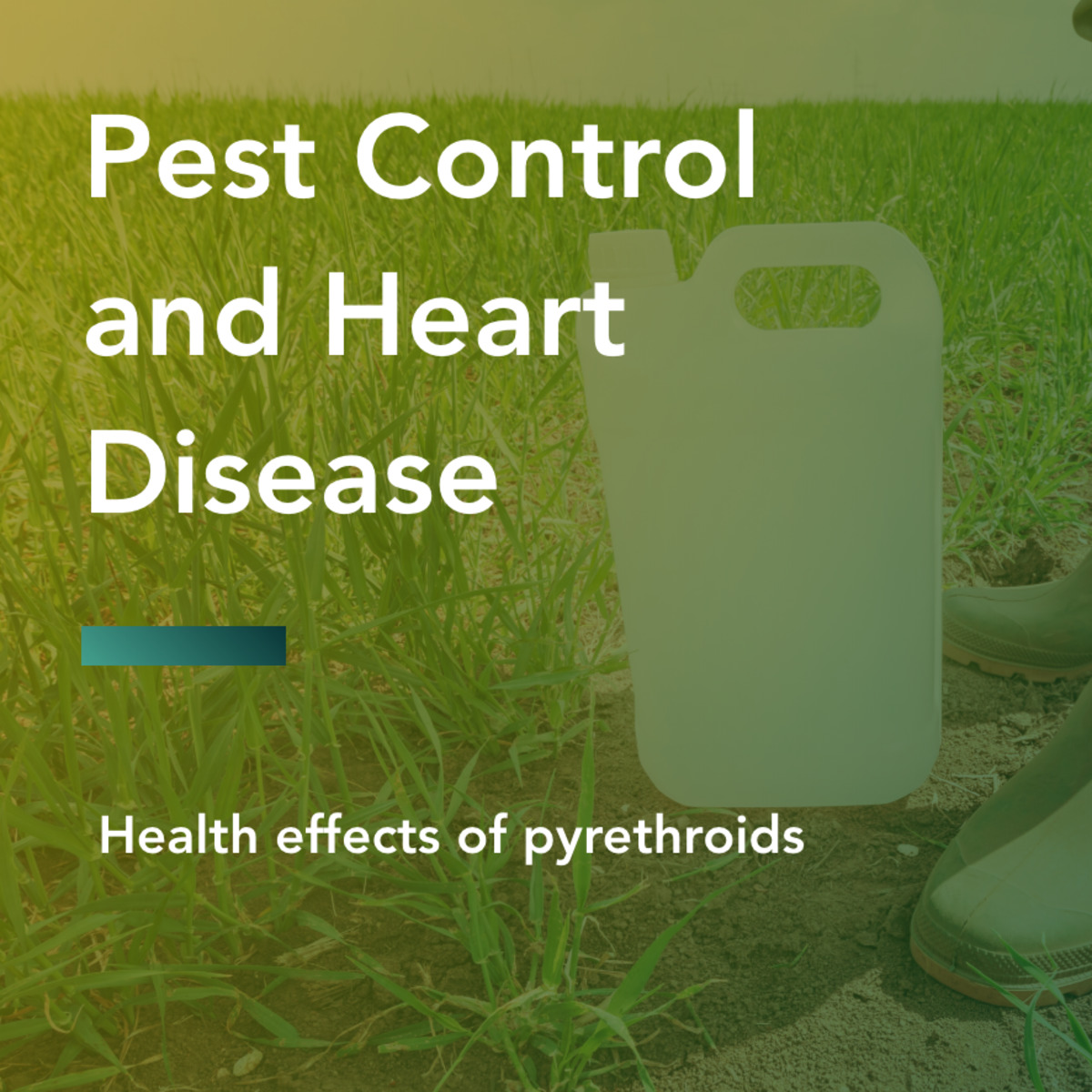How Eco Bed Bug Exterminators Dc can Save You Time, Stress, and Money.
7 Easy Facts About Eco Bed Bug Exterminators Dc Shown
Table of ContentsThe Ultimate Guide To Eco Bed Bug Exterminators Dc9 Simple Techniques For Eco Bed Bug Exterminators DcEco Bed Bug Exterminators Dc Can Be Fun For EveryoneEco Bed Bug Exterminators Dc for BeginnersTop Guidelines Of Eco Bed Bug Exterminators Dc
Since pesticides are toxic, they are also potentially hazardous to people, pets, other organisms, and the atmosphere. For that reason, individuals that use pesticides or consistently come in call with them must comprehend the loved one poisoning, prospective health impacts, and preventative actions to decrease exposure to the products they utilize. Danger, or risk, of utilizing chemicals is the capacity for injury, or the degree of danger entailed in using a pesticide under an offered collection of problems.
Applicators can decrease or almost eliminate direct exposure-- and thus reduce danger-- by complying with the label guidelines, utilizing individual safety apparel and devices (PPE), and handling the pesticide appropriately. Even more than 95 percent of all pesticide direct exposures come from facial direct exposure, primarily to the hands and forearms. By putting on a set of unlined, chemical-resistant gloves, this kind of direct exposure can be virtually eliminated.
The hazardous impacts that take place from a single direct exposure by any route of entry are called "acute results." The 4 routes of direct exposure are dermal (skin), inhalation (lungs), oral (mouth), and the eyes. Severe poisoning is determined by taking a look at the facial poisoning, inhalation toxicity, and dental poisoning of guinea pig.
3 Simple Techniques For Eco Bed Bug Exterminators Dc
Acute toxicity is gauged as the quantity or focus of a toxicant-- the a.i.-- needed to kill 50 percent of the animals in a test population. This measure is typically revealed as the LD50 (lethal dose 50) or the LC50 (deadly focus 50). Additionally, the LD50 and LC50 values are based upon a solitary dosage and are videotaped in milligrams of pesticide per kilo of body weight (mg/kg) of the examination pet or partially per million (ppm).
The reduced the LD50 or LC50 worth of a chemical item, the better its poisoning to human beings and pets. Chemicals with a high LD50 are the least toxic to humans if used according to the directions on the product label. The persistent poisoning of a chemical is established by subjecting guinea pig to lasting exposure to the energetic ingredient.
The persistent toxicity of a chemical is harder than intense toxicity to establish through laboratory analysis. Products are classified on the basis of their loved one acute poisoning (their LD50 or LC50 worths). Chemicals that are categorized as extremely poisonous (Poisoning Group I) on the basis of either dental, dermal, or inhalation toxicity need to have the signal words threat and toxin printed in red with a head and crossbones sign prominently presented on the front panel of the plan label.
The acute (single dose) oral LD50 for chemical products in this team ranges from a trace amount to 50 mg/kg. As an example, exposure of a couple of decreases of a product taken orally can be deadly to a 150-pound person. Some chemical items have just the signal word DANGER, which informs you nothing concerning the acute toxicity, simply that the item can trigger extreme eye damage or serious skin irritation
Eco Bed Bug Exterminators Dc Can Be Fun For Everyone
In this group, the intense oral LD50 varieties from 50 to 500 mg/kg. A tsp to an ounce of this material can be fatal to a 150-pound individual (exterminator near me). Chemical items identified as either somewhat hazardous or reasonably harmless (Toxicity Classifications III and IV) are called for to have the signal word CAUTION on the pesticide label

All pesticide poisoning worths, consisting of the LD50, can be located on the product's Material Safety Data Sheet (MSDS) - bed bug treatment. Pesticide labels and MSDS can be acquired from merchants or manufactures. In addition, the majority of products likewise have details that can be found online. The symptoms of pesticide poisoning can range from a moderate skin irritability to coma or perhaps fatality.
Due to the fact that of potential health and wellness issues, pesticide individuals and handlers look at more info have to recognize the common indicators and signs and symptoms of chemical poisoning. The impacts, or signs and symptoms, of pesticide poisoning can be extensively defined as either topical or systemic.
Not known Factual Statements About Eco Bed Bug Exterminators Dc
Dermatitis, or swelling of the skin, is approved as the most commonly reported topical effect associated with pesticide direct exposure. Some individuals often tend to cough, hiss, or sneeze when subjected to chemical sprays.
This sign typically subsides within a couple of mins after a person is eliminated from the exposure to the toxic irritant. Nonetheless, a reaction to a pesticide product that triggers somebody not only to sneeze and cough but also to create extreme intense breathing symptoms is extra likely to be a true hypersensitivity or allergy.
Systemic results are rather various from topical impacts. They typically occur far from the initial point of contact as an outcome of the pesticide being soaked up into and distributed throughout the body. Systemic results frequently consist of nausea or vomiting, vomiting, tiredness, headache, and digestive tract disorders. In advanced poisoning cases, the individual may experience modifications in heart rate, problem breathing, convulsions, and coma, which could result in death.